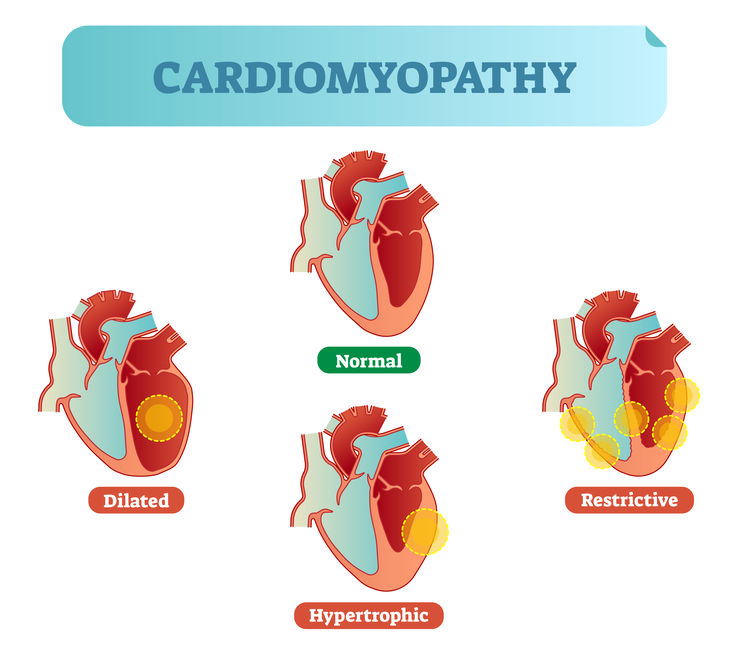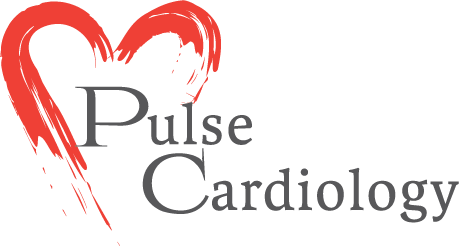What is Cardiomyopathy, Symptoms, And Treatment?
What is Cardiomyopathy
Cardiomyopathy is a form of heart disease that primarily affects the heart tissue. If a person is diagnosed with the disease, it will become hard for their heart to pump blood.
Cardiomyopathy should be treated right away post-diagnosis since it is one of the primary reasons for heart failure.
Types of Cardiomyopathy
- DCM or Dilated cardiomyopathy – In this case, the heart tissue of the patient becomes thin which leads to the enlargement of the left ventricle. This brings down the efficiency of the heart since it is now unable to pump blood properly.
- HCM or Hypertrophic cardiomyopathy – Where the heart muscle thickens. The left ventricle of the heart is generally affected in this case.
- RCM or Restrictive cardiomyopathy – Here the muscle of the heart becomes stiff. This keeps the same from relaxing which further keeps blood from filling up its chambers. This leads to a drop in the overall efficiency of the heart since its relaxation rate is abnormal.
- LVNC or Left Ventricular Non-Compaction – There are bundles of muscle in the left ventricle of the human heart. These bundles of muscle extend into the left chamber of the heart. These bundles come with a medical name trabeculations. Now, in case these trabeculations become compact, it can result in the alteration of the heart tissue from soft to rigid. This is very bad for the patient since now; their heart is unable to pump blood properly due to an abnormal compaction rate of the same. This is called LVNC.
- ARVD or Arrhythmogenic Right Ventricular Dysplasia – Is a rare type of cardiomyopathy. If a person is diagnosed with this type then their heart’s right ventricle will be replaced by fibrous tissue.

Cardiomyopathy Symptoms
Cardiomyopathy Symptoms may or may not consist of the following:
- Breathlessness – when the person is doing any physical activity or even when the same is at rest
- Excessive swelling seen in the legs, feet, and ankles
- The abdomen of the patient can also show signs of bloating. This is a clear indication that fluid is building up in their abdomen
- Excessive fatigue – even when the patient has had a good night’s sleep
- Rapid heartbeat rate
- Feeling of pressure or discomfort in the chest area of the patient
- Frequent bouts of fainting
- Lightheadedness
Click here if you want to learn more about Heart Attacks, Symptoms, and its Treatment
Cardiomyopathy Treatments
In case the patient does not show any signs or dangerous symptoms, then the doctor may not suggest any Cardiomyopathy Treatment.
That stated, treatment is compulsory for patients who show dangerous symptoms or have other types of the disease. It is to be kept in mind that the treatment for the disease varies on the type one has as well as their overall health and age.
Cardiomyopathy Treatment consists of the following:
- Lifestyle changes – as suggested by the doctor
- Prescription medicines
- Nonsurgical procedures
- Surgery
- Device implants
Most of the time, one can keep themselves from getting diagnosed with Cardiomyopathy. The first step is to conduct a bit of research into your family history. If your family has a history with the disease, you should let your doctor know about this fact.
